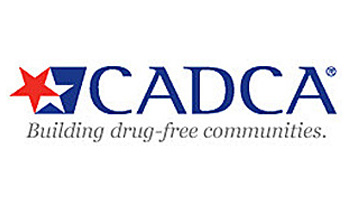
As a proud member of CADCA, CVARR utilizes the National Coalition Institute’s Seven Strategies for Community Change as a guide to change conditions, improve health & safety in our communities by engaging in specific individual and environmental-focused action-oriented stratagems. These strategies are important when it comes to substance abuse prevention because they discourage alcohol and substance abuse among youth and can help change the environment, which leads to changing attitudes, social norms and alcohol/drug use behavior. According to the scientifically tested model, the 7 steps to creating community change are:
Individual Change Strategies
1. Provide information through educational programs, community events or other opportunities to share data
2. Build skills through programs, workshops, trainings or other activities designed to increase the skills of participants, coalition members and staff
3. Provide support by creating opportunities to support participation in risk reducing or protective activities
Environmental Change Strategies
4. Enhance Access/Reduce barriers by improving systems, services and processes to increase the ease, ability and opportunity for citizens to utilize those systems and services
5. Change consequences by using incentives and disincentives to limit community behaviors linked to substance use risk
6. Physically design the environmental structure of our region to reduce risk and enhance protection, especially among our youth
7. Modify Policy through active support and presence within government, communities and organizations
